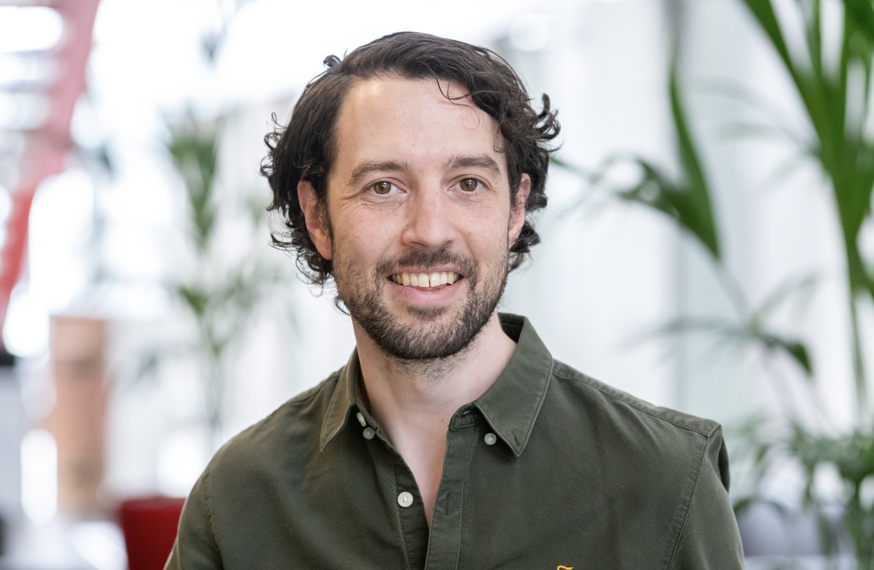
On World Blood Cancer Day, Dr Nick Crump, Kay Kendall Leukaemia Fund Intermediate Fellow in the Hugh and Josseline Langmuir Centre for Myeloma Research, Department of Immunology and Inflammation, shares how new approaches to understanding what causes drug resistance may lead to identifying new treatments.
Multiple myeloma is the second most common blood cancer. Around 33,000 people are living with myeloma in the UK. Unfortunately, it is currently incurable, and once diagnosed many people live with the disease for the rest of their life. It is more common in people aged over 65, meaning that as the population ages, the number of people with myeloma is expected to rise. At the Hugh and Josseline Langmuir Centre for Myeloma Research at Imperial College London, we are working to better understand myeloma cell behaviour to find new ways to treat myeloma patients.
Several different drugs are available to myeloma patients that can manage and control the disease. Unfortunately, relapse is a big problem, where the cancer comes back months or years after treatment has ended. When the cancer returns, it is often resistant to the previous treatment, meaning that the drugs that worked before are no longer effective for that patient. Therefore, there is a real need to find new drugs for these patients. Our lab is working to understand what causes resistance to myeloma drugs, to look for ways to reverse that resistance and make the treatment effective again.
What makes cancer resistant to treatment?
When we think about the changes that happen to turn our healthy cells into cancer cells, we often talk about mutations. These are permanent changes in a cell’s genes, which are the instruction manual for the cell. Because the cell’s instructions have changed, the cell’s behaviour also changes, becoming cancerous. Drug resistance can work in a similar way, making changes to the genes so that the drug stops working. If the drug is a key to unlock a door to kill the cell, a mutation can change the shape of the lock so the key no longer fits.
However, there is another way that drug resistance can happen. Instead of changing the genetic instructions themselves, the cancer cell can change which instructions it follows. It’s a bit like marking your favourite recipe in a cookbook with a post-it note to use it more often—or writing ‘don’t bother’ next to a recipe you don’t like. These are called ‘epigenetic changes,’ because they sit ‘on top of’ the genes. Going back to our lock and key idea, rather than changing the lock, the epigenetic change tells the cancer cell to make a bolt to add to the door—so the key still fits the lock, but the bolt keeps the door shut.
How can we treat drug resistant myeloma?
In my lab, we believe that understanding the epigenetic changes that cause drug resistance may help us to find ways to reverse these changes. If we can stop the cell from making the bolt, the key (our drug treatment) should be able to unlock the door and kill the cancer again. So, we’re working to find out exactly how the myeloma cells place the post-it notes to label the genes that cause resistance. Once we know this, we can develop ways to remove the labels and stop the resistance genes from being used.
The good news is that this approach already seems to be working. A new epigenetic drug called inobrodib is currently being tested in patients with myeloma. Although it’s still early, initial results suggest it may help restore the effectiveness of another drug, pomalidomide, in relapse patients for whom it had stopped working. Our hope is that we can find other drugs that work in a similar way, so that doctors and patients have a choice of treatments they can use.
Of course, drug resistance isn’t only a problem for myeloma patients – it happens in a lot of blood cancers, and other cancers too. Therefore, we hope that in the future we will be able to use our findings to look beyond myeloma, to see whether what we learn can be used more broadly in cancer treatment.